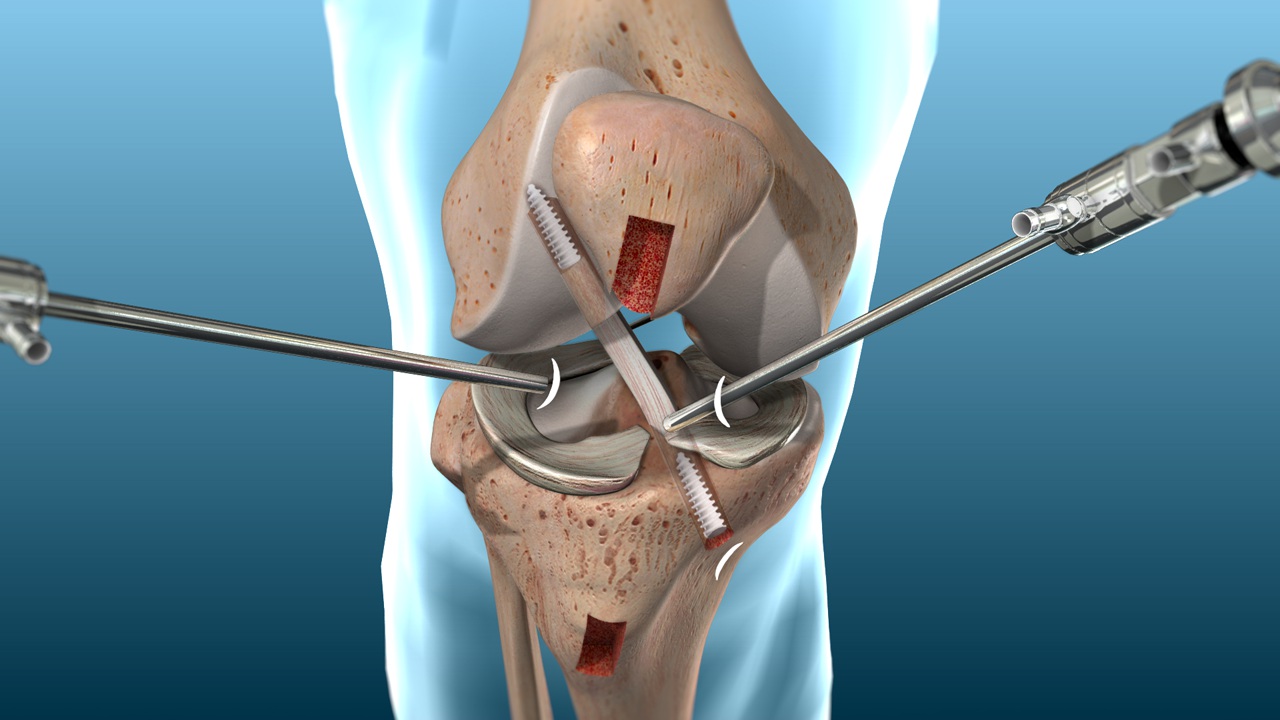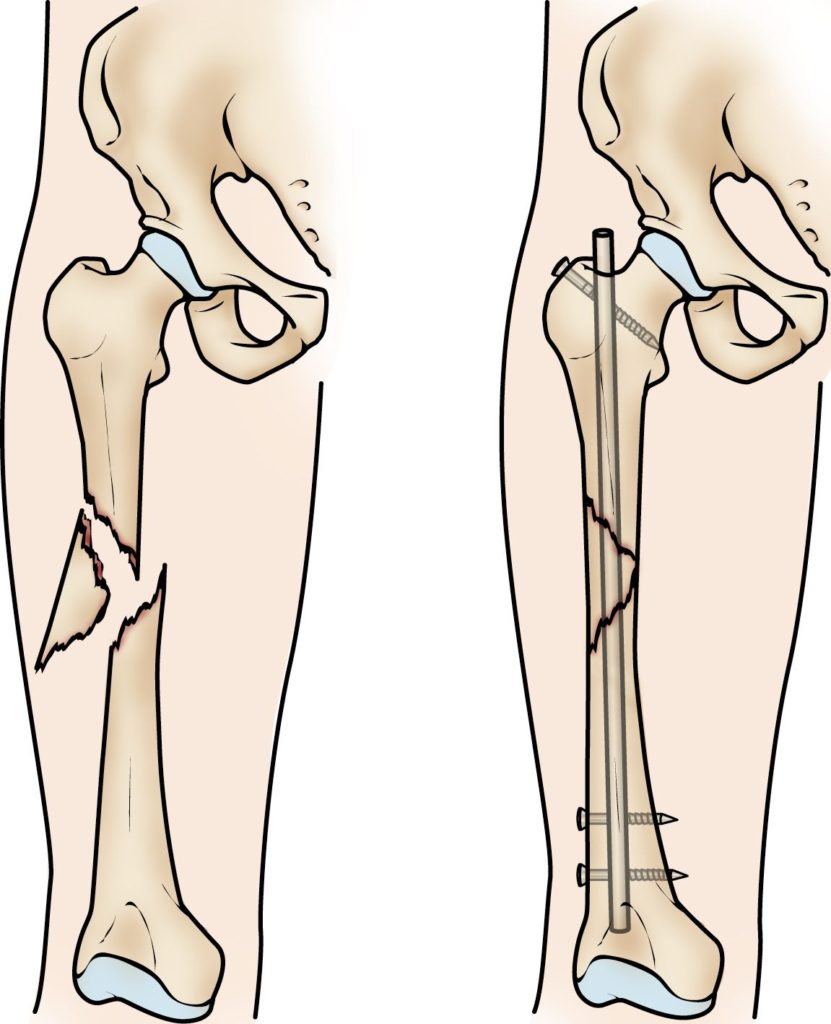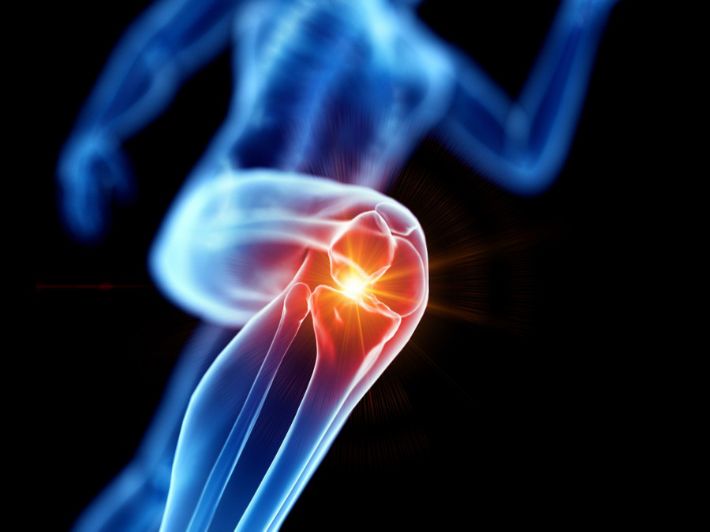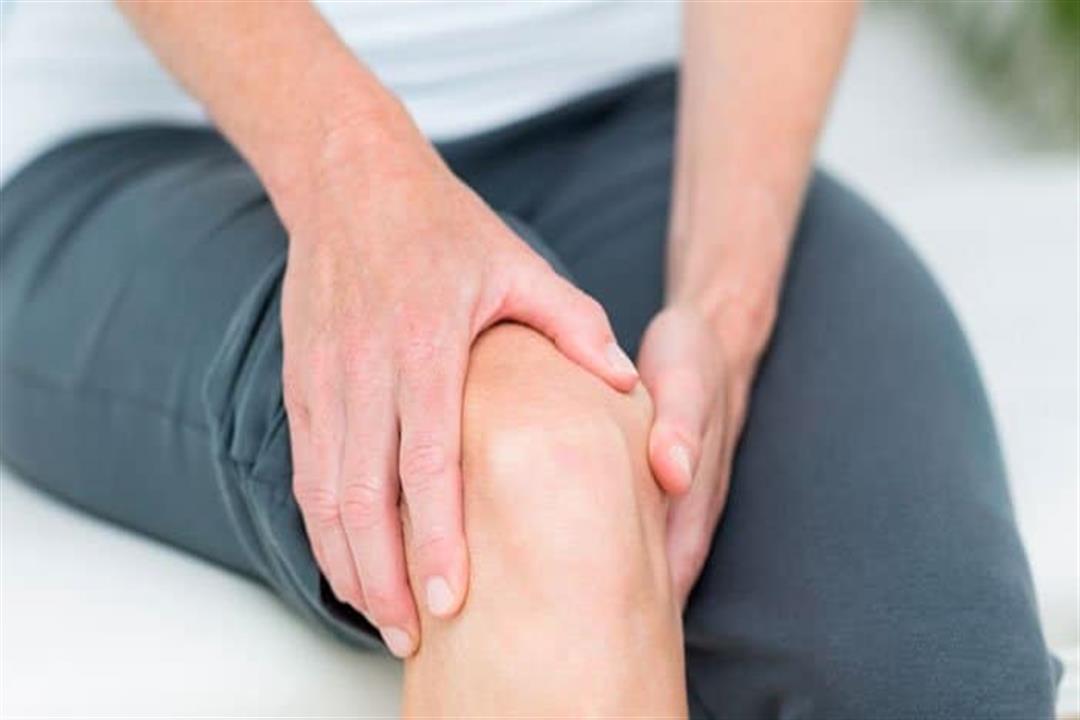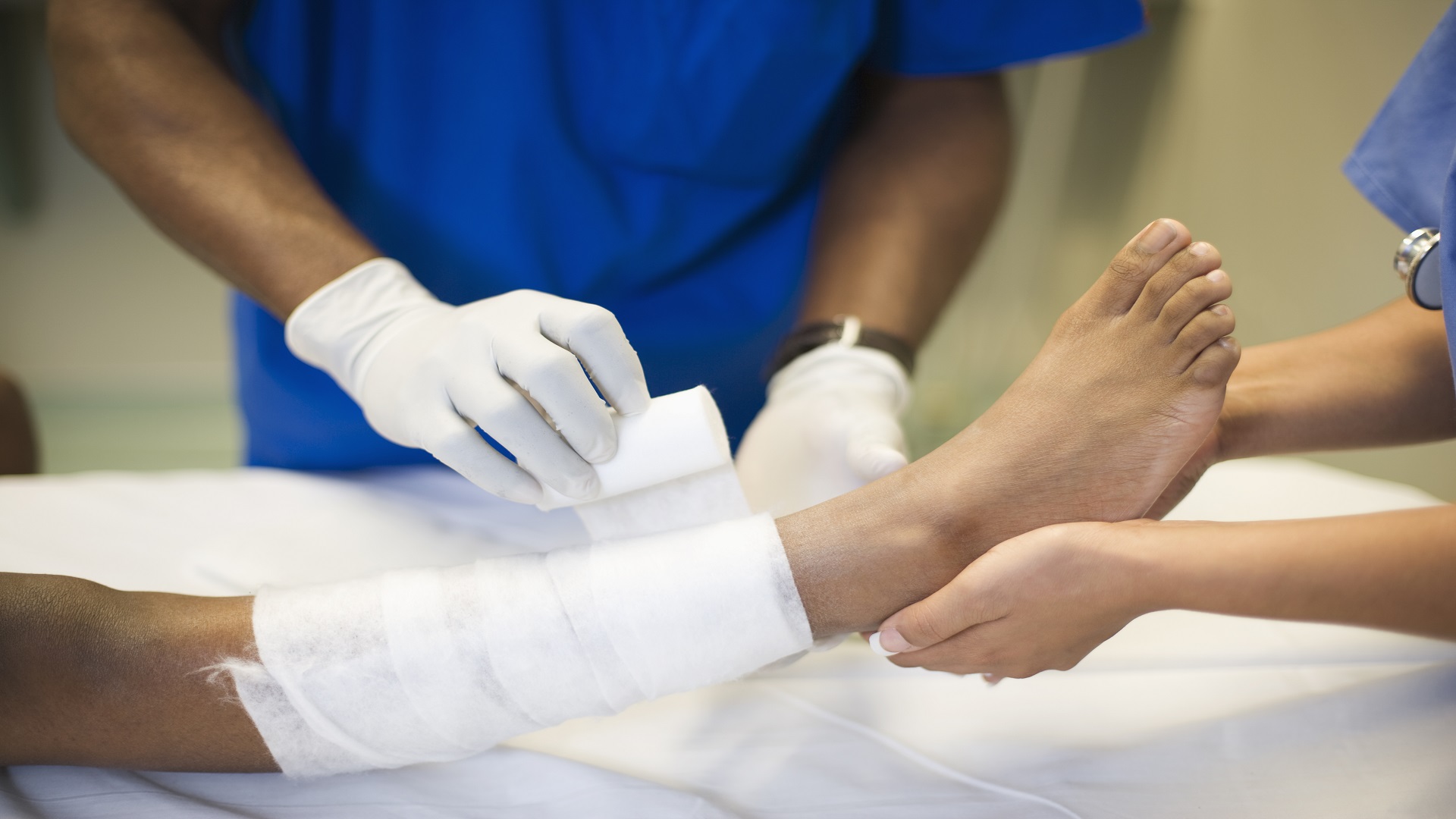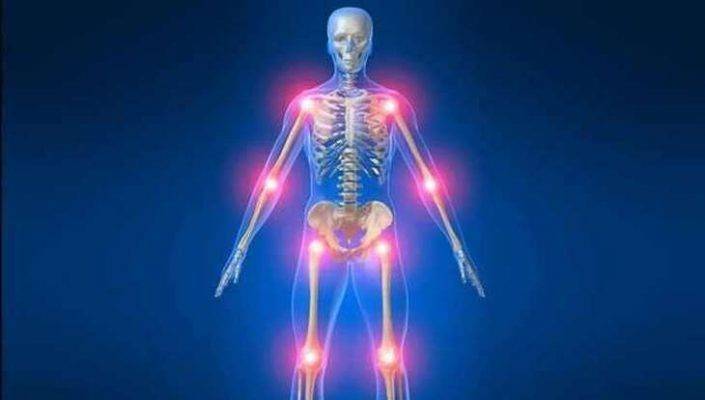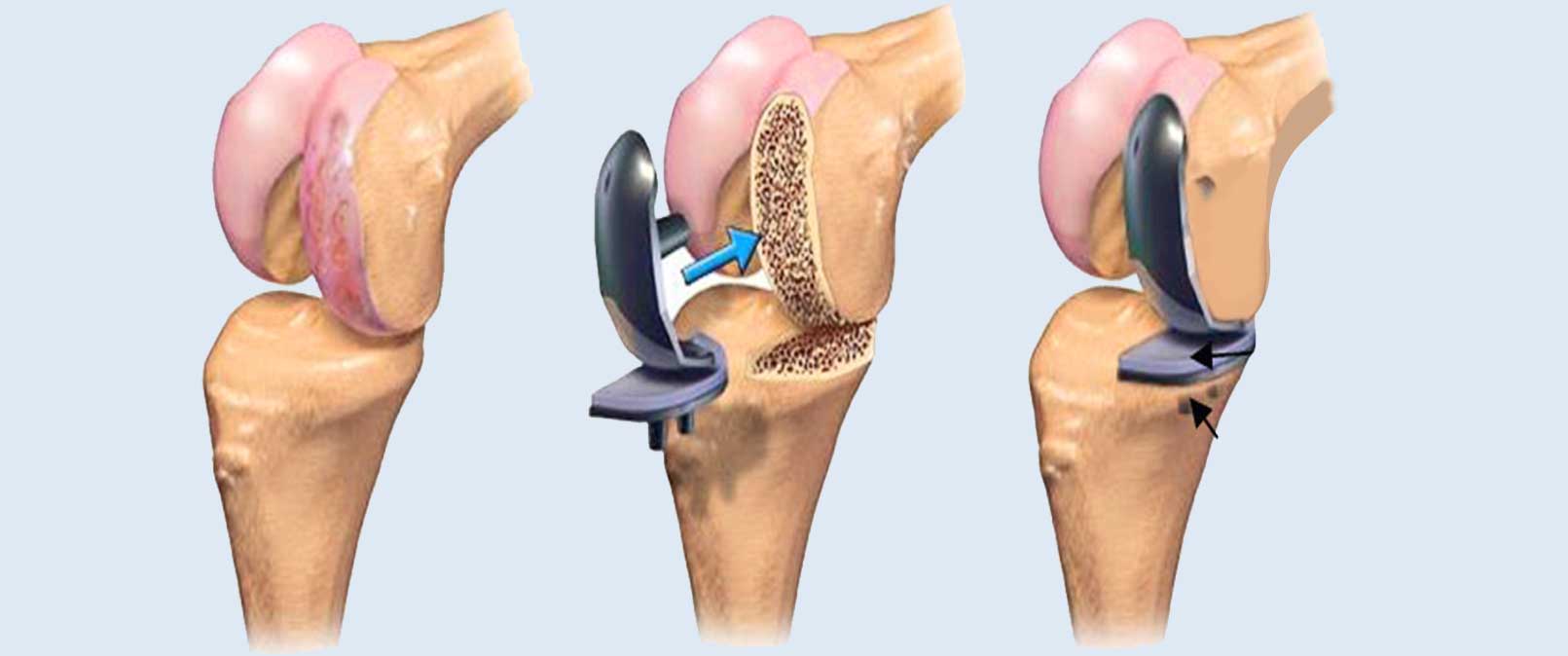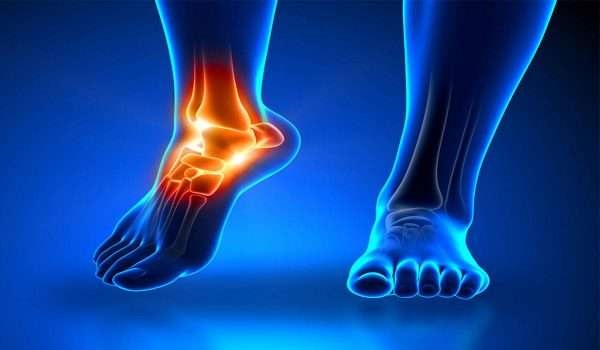Knee arthroscopy
Knee arthroscopy is a medical procedure that is used in pathological conditions that affect the knee, and it can be identified in detail in the following article.
Knee arthroscopy
Knee arthroscopy is considered one of the important operations that help in the treatment of the knee, and work can be done to improve the performance of the knee after surgery, and there are relatively new types of surgeries, including arthroscopic surgery in the treatment of the knee, which is one of the safe methods that provide the patient and help in obtaining a recovery in a faster time.
Endoscopy is used in the diagnosis and treatment of knee pain, which works to know the condition of the knee joint more accurately and to give a complete and clear picture of the cartilage and the damage that has occurred, the surgery can be performed through the use of binoculars, and it gives the patient the possibility to recover faster.
What are the advantages of knee arthroscopy?
There is a great development that has occurred in knee surgeries, which primarily improve the patient’s condition and give several advantages that help improve the patient’s condition, and the advantages of knee arthroscopy lie in the following:
- Giving the possibility to the doctor use different types of anesthesia.
- The possibility of an accurate examination and diagnosis of the condition of the knee.
- Not causing damage to the tissues surrounding the knee.
- Reducing the chances of developing complications such as infection.
- Not feeling pain after surgery.
- Speed of recovery after surgery.
- The possibility of returning to normal activity after a short period.
What are the uses of arthroscopy in knee treatment?
The endoscope can be used in many knee surgeries, which work primarily to identify the damage to the knee, whether in the joint or cartilage erosion, and to determine the main cause of pain that affects the injured person, and the endoscope is used in the treatment of the following knee diseases:
- Excess fluid around the joint.
- Knee arthroscopy can be done to treat roughness.
- Damage or erosion of the knee cartilage.
- The presence of pain and stiffness in the knee joint.
- Cartilage cleaning can be done from bone or cartilage fragments.
What are the procedures before knee cartilage surgery?
The patient needs to prepare before the surgery is performed, and the doctor begins to clarify the instructions for the patient to prepare before the operation, which are as follows:
- A full diagnosis of the patient’s condition and identification of the medications he is taking.
- Take anti-inflammatories to help prevent infection after surgery.
- Types of analgesics that suit the patient can be used before surgery.
- Starting the exercises included in the rehabilitation program before the operation.
- The patient should refrain from eating about 12 hours before the surgery.
How is knee arthroscopy performed?
After preparing for the surgery in advance, the doctor begins to operate using the endoscope, the steps of which are as follows:
- The anesthesiologist begins to give the appropriate anesthesia, whether it is local or general.
- Two to three holes are made in the knee to use the endoscope.
- An endoscope is inserted into one of the holes, which is a probe with a camera and a light source.
- The doctor injects a sterile solution into the knee for better imaging.
- Medications are inserted from the other holes to perform the surgery.
- After the damaged part is treated or repaired, the tools are taken out.
- Then the sterile fluid is withdrawn, the wound is cleaned and bandages are applied.
- After this, the patient returns to the recovery room to check his condition and examine again.
How long does knee arthroscopy take?
After the patient returns to the recovery room, the doctor begins a full examination of him, and work can be done to find out the success of the operation and give him appropriate instructions that make him avoid complications, and the operation can take approximately 60 minutes only, and the patient can be discharged from the hospital on the same day.
Instructions after knee arthroscopy?
Pre-operative instructions for knee arthroscopy are of great importance and work to reduce the complications of knee arthroscopy and make the injured person feel a faster recovery and an improvement in the condition of the knee in general.
Post knee arthroscopy
More than one procedure can be done with them, the patient begins to feel recovered, and a periodic examination is done for him to identify the current condition of the knee and whether the patient is exposed to complications or not, and the following tips can be followed:
- The postoperative leg lift should be done in about 5 days.
- Using ice and compresses improve the condition of the knee and reduces swelling.
- Take painkillers and anti-inflammatory drugs prescribed by the doctor.
- Crutches and knee braces can be used to reduce the load on the knee.
- A simple exercise can be started by the patient under medical supervision.
Knee exercises after arthroscopy
Exercise in general is beneficial for knee patients because it improves the condition of the muscles and tendons present in the basic form of the leg and the knee joint itself, which works to reduce the load placed on the knee, especially when moving and exercising, and thus a complementary rehabilitation program is made for knee patients before and after surgery.
The main goal of exercise before arthroscopy in the knee is to give suppleness and greater ability to the knee to withstand surgery and can improve the condition of the injury sometimes, and the patient also begins in the period after surgery to practice physical therapy, and part of it is the exercises that the doctor explained to him to help him recover faster and adapt to the current knee condition.
Duration of pain after arthroscopic knee meniscus surgery
Knee arthroscopy is one of the important types of surgery that improve the condition of the patient and give a greater opportunity for the patient to recover and return to his normal physical activity in a shorter time, and usually, the knee arthroscopy does not cause pain to the patient, but the person begins to feel more comfortable after about a week of surgery and he can fully recover after 3 months.
Is knee arthroscopy painful?
One of the advantages of knee arthroscopy is that the pain that accompanies it is much less than in normal surgeries, and thus the person can get rid of pain faster in a period exceeding 5 or 6 days, and rehabilitation after surgery is one of the important steps that improve the person’s condition better.
The patient needs to take care of the cleanliness of the wound after surgery and not to expose it to contamination so that the chances of infection are reduced. It is also important that periodic follow-ups be done with a specialist doctor, who knows the extent of progress in the patient’s condition and the success rate of the surgery accurately.
Side effects of knee arthroscopy
The side effects of knee arthroscopy are considered minor and the person can avoid them by choosing a doctor who has experience in this type of operation and making the necessary preparations before surgery, the person can take anti-inflammatory drugs that improve his health condition.
Knee arthroscopy damage
It was also mentioned that the side effects or damages associated with knee arthroscopy are few, and the attending physician works to avoid them through certain steps before and after surgery, but in some cases, the patient may face complications, including:
- The presence of stiffness in the knee.
- Bacterial infection.
- The occurrence of clots in the patient.
- There is bleeding in the knee.
When is walking after knee arthroscopy?
Walking is one of the good recovery methods and important means that help improve the patient’s condition and reach the recovery stage. During the first days of the operation, the patient can take sufficient rest and not stress the knee, and if he needs movement, crutches can be used.
In the second week after surgery, the patient begins to walk for a short period that may reach a quarter of an hour, and in the third week, he can increase the time allotted for walking until he reaches the full hour. If he feels any pain, he can take a short break with the use of ice packs that reduce swelling.
Climbing stairs after knee arthroscopy
Climbing or descending stairs is one of the actions that cause stress to the knee, so it is important to avoid it in the first period after surgery as much as possible, and he can start using stairs after the second week of the operation so that stress does not affect the surgery in general.
The use of crutches or knee braces at this stage is considered one of the important measures that strengthen the knee and give it the necessary support for the movement and enable the injured person to recover and be able to move without causing pain or complications in the knee.

